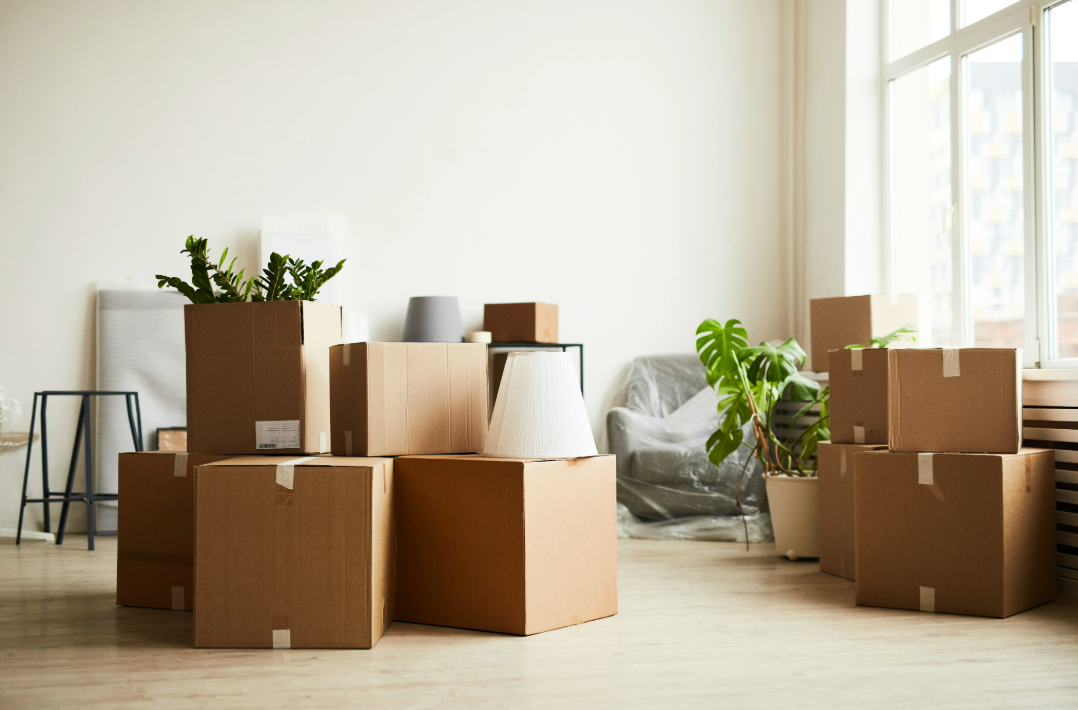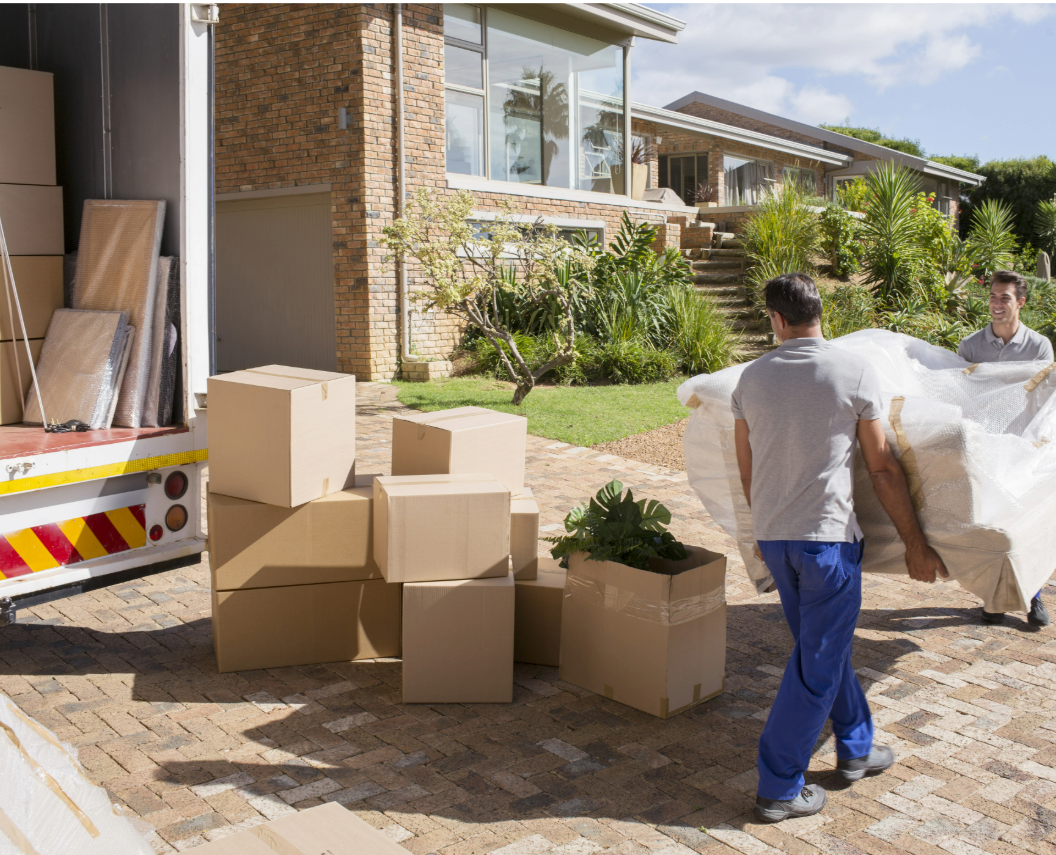Packing Tips To Make Your Move Easier
Buying or selling a home is an exciting milestone—but it can also be stressful. For many, packing and moving is the trickiest part. With the right planning and a smart packing strategy, though, it doesn’t have to be overwhelming. Here are 10 practical tips to make your move smoother. You’ve got this!

PLAN
1. Schedule enough time.
Packing up your home can take anywhere from a few days to a few weeks, depending on its size:
-
Studio/1 bedroom: 1–3 days
-
2 bedrooms: 3–5 days
-
3 bedrooms: About a week or more
-
4+ bedrooms: Two weeks or more
2. Gather new packing materials.
Using new boxes, bubble wrap, and packing foam helps protect your belongings and keeps allergens from being tracked into your new home—better than old rags or newspapers.
3. Watch packing tutorials.
Need motivation or inspiration? Check out online videos with search terms like “decluttering before a move” or “packing tips for moves.” Seeing experts in action can make the process feel manageable and even fun.
4. Consider hiring professionals.
Friends and family can only do so much, and the last thing you want is damaged items. Professional movers make packing and transport easier and often provide boxes and materials. Pro tip: Book early—especially during the busy summer season—to ensure a smooth move.

PACK
5. Start with the essentials.
Pack first the items you’d grab in an emergency—important documents, passports, photo albums, diplomas, or sentimental keepsakes. If possible, transport these personally to ensure they stay safe.
6. Purge as you pack.
Moving is the perfect chance to declutter and start fresh. If an item doesn’t fit—physically or stylistically—in your new home, consider donating, selling, or discarding it. Try Donna Smallin Kuper’s “$20 in 20 minutes” rule: if you could replace it for under $20 in less than 20 minutes, it’s probably not worth moving.
7. Make two piles and two passes.
Go room by room and create a NO pile (items not going with you) and a YES pile (items that will). Pack only the YES items during your second pass.

8. Pack from least-used to most-used rooms.
Start with rooms you use infrequently, leaving essentials like the kitchen, bedding, and main bathroom for last.
9. Keep boxes manageable.
Use smaller boxes for heavier items and larger boxes for lighter items. This keeps lifting safe and easier on your back.
10. Label everything.
Label each box clearly with:
- The room it belongs in
- What’s inside
- Whether it contains items that need to be unpacked immediately
Bonus Tip:
Have a box cutter or scissors handy and unpack methodically. Tackle one box at a time, put everything away, and break down the box before moving to the next. This keeps the process organized and less overwhelming.
